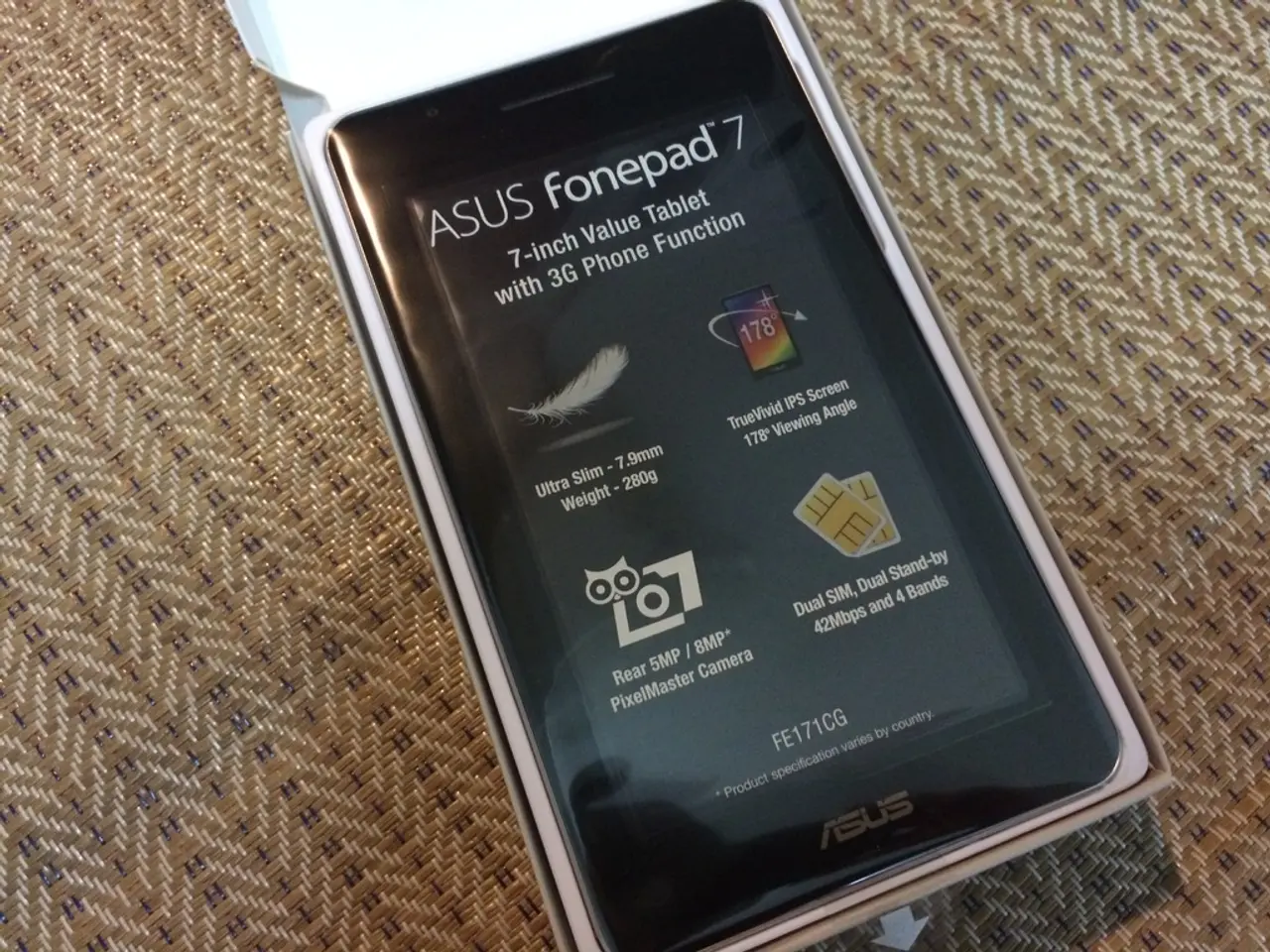Should We Silence the Screens? The Debate over Allowing Cell Phones in Schools
Is it appropriate to prohibit the usage of mobile devices in educational institutions?
In the digital age, smartphones have become an integral part of young people's lives, even in the classroom. The question of whether they should be more strictly regulated or even banned is a hot topic of debate. Let's delve into the arguments for maintaining (or dismissing) this connective technology in schools.
So, how are smartphones currently regulated in schools?
Since education is a matter for the federal states, cell phone policies vary widely. Some rely on the schools' discretion, while others enforce strict bans, like the one already implemented in Bavarian primary schools. Hesse, for instance, plans to prohibit private smartphone use in 2025/2026, while Saarland aims to ban them in primary schools.
But, why the buzz around banning these devices?
Minister of Education Karin Prien and psychologist Isabel Brandhorst are among those advocating for restrictions due to the negative impact that excessive screen time can have on learning performance, social skills, and emotional well-being. High usage times are associated with various internet use disorders, Brandhorst clarifies.
Critics, however, argue for a more nuanced approach.
Experts like Klaus Zierer propose a general ban on smartphones in schools, as the younger brain's impulse control area is not yet fully developed until at least age 16. The German Teachers' Association, on the other hand, supports a thoughtful usage of smartphones to guide young people towards mindful and responsible usage.
So, what about the antithesis?
Allowing smartphones in school can provide essential access to technology for underprivileged students and help improve learning engagement and efficiency. Educational apps, for example, can help students grasp complex concepts more efficiently, and gamification can make learning more fun.
Smartphones also act as valuable assistive technology for students with special needs, enabling them to better communicate, learn, and socialize. According to experts, smartphone use can even support personalized learning experiences tailored to each student's learning pace and style.
In Europe, countries like France and the Netherlands have maintained phone bans in class for some time. Meanwhile, Italy plans to implement a complete ban in higher classes starting from 2025/2026, while younger students have been prohibited from using phones in class for quite some time.
As for public opinion, a recent survey revealed that over 90% of people in Germany favor some level of restrictions on private smartphone use in schools, with half supporting a complete ban and 41% advocating for restrictions during specific hours. Notably, support for a complete ban was highest among older generations, while younger people were more divided on the issue.
Embrace a smarter, more informed conversation surrounding cell phones in schools. Weigh the benefits and risks, analyze the science, and work together to create a digital learning environment where students can excel while minimizing distractions.
- In light of the debate, a community policy regarding smartphone usage in vocational training programs might consider the advantages of providing essential access to technology for underprivileged students, while also addressing concerns about excessive screen time and its impact on learning performance, social skills, and emotional well-being.
- Given the broad debate over cell phone regulations, one may wonder if vocational training institutions could leverage technology, such as educational apps and smartphones, to enhance learning engagement, efficiency, and personalized learning experiences, all while ensuring appropriate use and limiting distractions.



